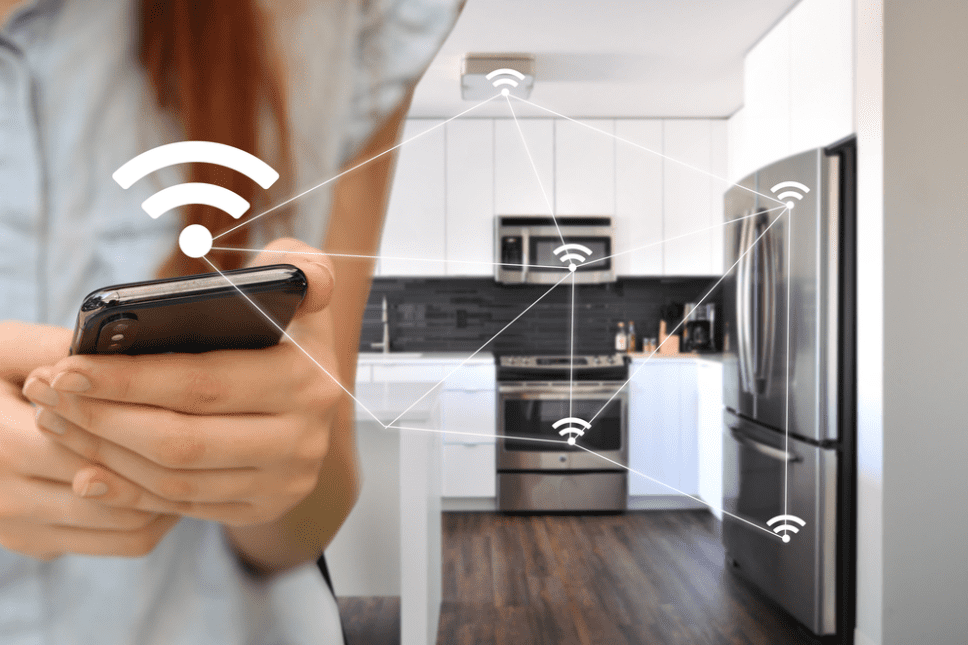Yet with all their benefits, smart devices represent a serious security vulnerability. If breached
by malicious third parties, your private information and physical security could be at risk. As
you integrate IoT into your business and daily life, it is important that you mitigate this risk by securing your devices connected to the internet. This article will help you understand what IoT devices really are and how to keep them secure.
What are IoT devices?
IoT stands for Internet of Things, and it refers to a network of non-computing devices with
some degree of technology embedded in them, which are able to communicate over a network.
These devices include automatic doorbells, smart lights, smart home assistants, and smart
security systems. With the right software and communication systems in place, IoT devices can
do amazing things, from automating a morning routine to preparing your office space for work.
Why Should You Secure Your IoT Devices?
Many IoT devices carry out critical functions in your physical space, such as security, fire/smoke
detection, and access control. If they are compromised, you could fall victim to a burglary, a fire,
or a host of other disastrous situations.
If you are a smart-home owner, unsecured IoT gadgets are a huge privacy risk. They could allow
criminals to remotely monitor your movements, and could grant them access to sensitive
personal information—or even your home or business itself.
How to Secure Your IoT Devices
So how do you secure these devices? Here are five ways to make sure your internet-enabled
technology is safe from attackers.
1. Use a Separate Network for Your IoT Devices
offers an extra layer of redundancy and protection in the event of a breach in your main
network.
2. Use Super Strong Passwords
struggling to come up with one, use a password generator to help you. Also make sure that you
don’t use the same passwords across multiple platforms, in case one of these platforms
becomes compromised.
3. Update Software Regularly
Developers often make updates to the software to helpfix bugs andflaws in the previous
system. Hence, it’s a good idea to update your devices regularly.
4. Use a Secure Internet Connection
internet, so make sure that you use a secure connection. Upon purchasing, change your
router’s default network name as well as the admin username and password. Make it a habit to
update these every few months.
5. Stay Secure Online
certificate lifecycle management on your servers. Use a certificate manager that will protect
your online identity from scammers and hackers while saving you the stress of manually
managing your website’s certificate lifecycle.
Making Your Smart Devices’ Security a Priority
of our private transactions take place online. Be smart and proactive to ensure your IoT devices
stay secure.
